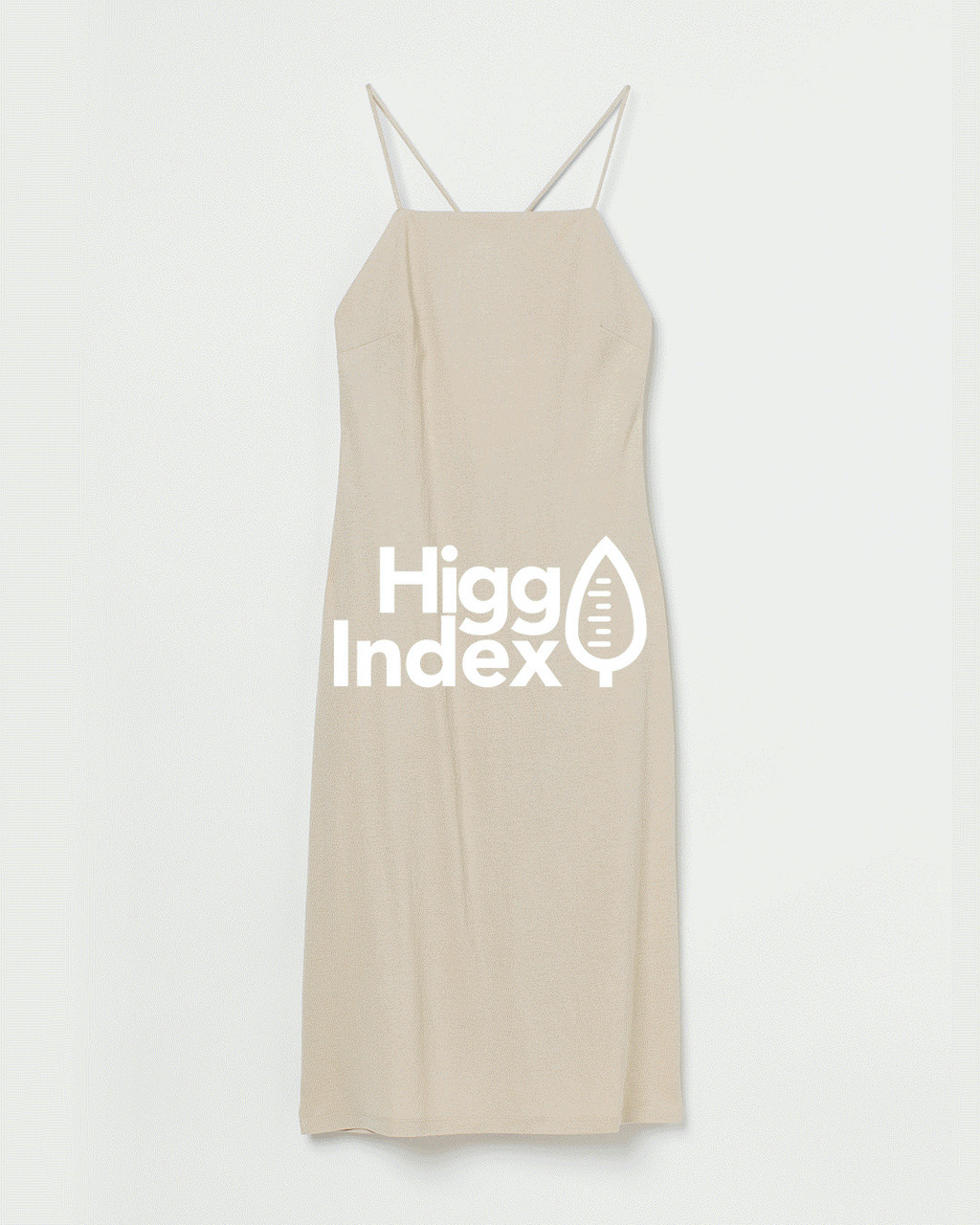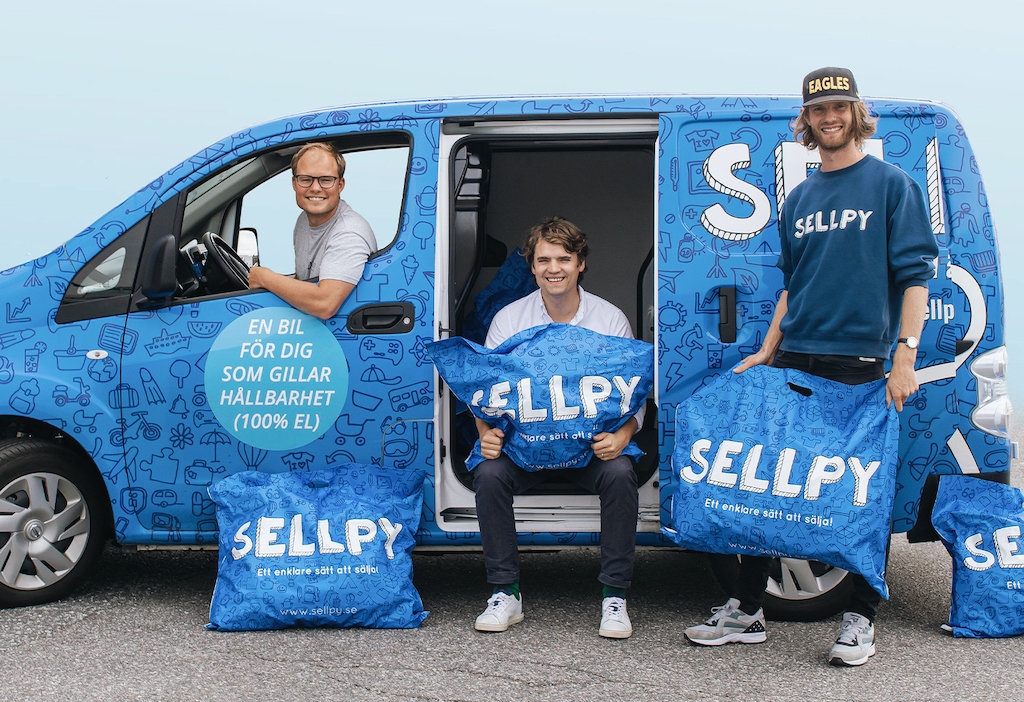H&M Adds Higg Index ‘Sustainability Profiles’ To Clothing & Expands Resale Platform Sellpy To 20 Markets
3 Mins Read
H&M has announced it will be adding Higg Index Sustainability Profiles onto its clothing in an effort to provide customers with information about the environmental impact of the product. In addition, the Swedish fashion giant has brought its online secondhand startup Sellpy to 20 new countries, in yet another move to tap the conscious consumption trend sweeping through fashion.
Partnering with the Sustainable Apparel Coalition (SAC), the body behind the standardised value chain sustainability measurement Higg Index, H&M is now adding newly released Higg Index Sustainability Profiles onto its clothing. The fashion group says the new “profiles” will show customers the environmental score of the product – from 1 to 3, with lower scores indicating the sustainability of the material – as well as more detailed information from the garment’s water pollution, fossil fuel use and global warming potential.
To begin with, H&M will be rolling out the profiles on a “small number of H&M products” online, including its women’s and childrenswear 2021 collections, across the U.S. and all 31 of its European markets.

While H&M Group has been working with the Higg Index tools for many years, the results derived from them have never been customer-facing – until now.
Anna Eklöf Asp, Transparency Lead, H&M Group
It marks the first time that the Higg Index measurement has been launched as a consumer-facing tool. So far, it has been used by brands such as H&M and Zalando to conduct sustainability assessments of its own brands, products and listed retail carriers.
“While H&M Group has been working with the Higg Index tools for many years, the results derived from them have never been customer-facing – until now,” said H&M Group transparency lead Anna Eklöf Asp.
Giorgina Waltier, transparency lead at H&M Group, added that the company plans to continue rolling out the profiles across more products online, before implementing the system into its physical stores.
“It would be great to link our physical products in-store to Higg Index Sustainability Profiles in the future. Still, for now, we are focusing on scaling our online application as quickly as possible. Our ambition is to feature Sustainability Profiles on as many products as possible during 2022.”
Swedish online secondhand platform Sellpy, which is majority-owned by H&M after having initially invested in the startup in 2015, also expanded its global reach, launching in 20 more markets this week as the fashion giant continues to bet on the rise of conscious consumerism.

We see a steady growth in demand for sustainable consumption, where secondhand is a great option.
Michael Arnör, CEO, Sellpy
The expansion of Sellpy means that its resale services – which includes picking up garments from sellers, reselling and shipping – will be offered in 24 countries globally. Sellpy currently has a partnership with H&M, which means that it is able to use the group’s warehouse in Poland and tap into its distribution, quality control and order handling network.
Since its inception, Sellpy says it has resold more than 9 million garments, and believes that sales will continue to grow as secondhand fashion becomes increasingly popular with consumers – particularly younger Generation Z shoppers, many of whom have already been purchasing preloved items, according to a recent survey.
“Every garment bought pre-owned saves resources for our planet. Demand in our new markets is growing rapidly,” commented Sellpy’s head of expansion Gustav Wessman.
“We see a steady growth in demand for sustainable consumption, where secondhand is a great option,” added Michael Arnör, CEO of Sellpy.
Lead image courtesy of H&M.



